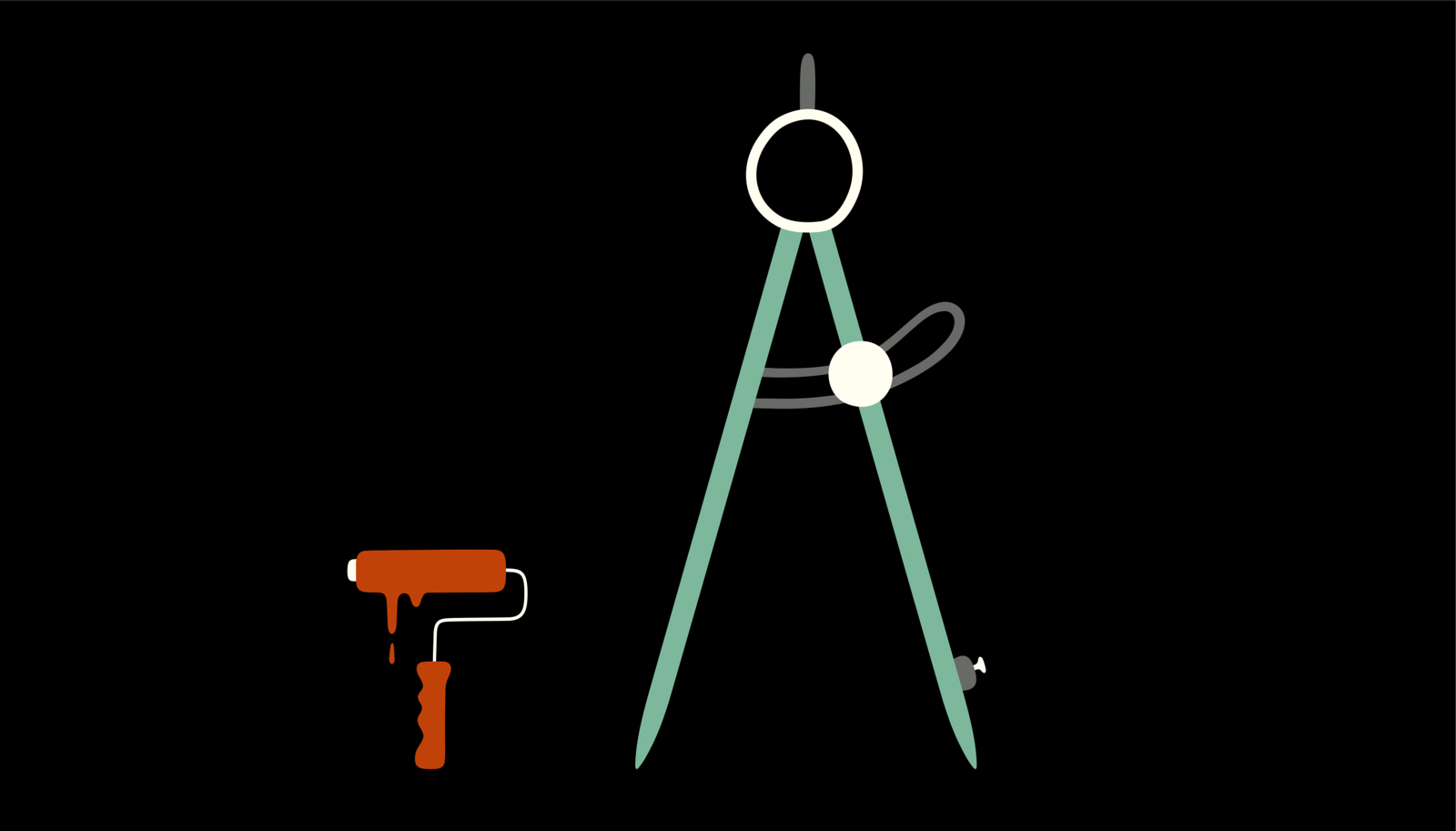Exhibitions are environments of rigid climatic control. The ideal interior weather for artworks and artefacts require temperature and humidity to be kept within strict ranges, conditions that people disrupt. Curators want as many people as possible to visit, while conservators must make sure that all those warm, wet, exhaling bodies have a negligible effect on the collections in their care. The French word for both is conservateur, neatly representing that the self-preservation of collecting institutions depends on juggling the conflicting interests of objects and people.
Control over interior weather is also required for the global flow of precious objects between interchangeable spaces and their guaranteed identical environments. At the furthest extreme of this condition are art storage depots located in legally ambiguous transit zones. By eliminating public access, these spaces achieve a degree zero of environmental control and risk reduction, and they use the same technology as exhibition galleries—powerful Air Handling Units (AHU) controlled by Building Management Systems (BMS)—to determine whether the incoming air needs to be cooled or heated, humidified or dehumidified.
As zones of extreme climatic stability and precision, exhibition galleries take their place on the spectrum of sealed modern environments like office towers, immigrant detention centers, airports, malls, and casinos. Each has its own standards for interior weather that are based on desired behavioral effects like focus and productivity, hourly spend, compliance with commands, etc. Exhibitions differ from these others, however, in their extreme care for the inanimate. Everything degrades over a sufficiently long time, but contemporary conservation standards promise minimal extra deterioration; objects should continue to age as if they were not on display. The precise control of interior weather is also an attempt to slow down time.
Air conditioning is also mind conditioning. Exhibitions presume that the visitor is first a viewer, and sweating or shivering would intrude on this regime of aesthetic contemplation. So would awareness of all the work it takes to keep you disembodied. The systems that do it, the energy they require, the labor of maintaining them, and who is in control of the settings must remain hidden.
This is why a recently built and well-funded museum needs more capacity to control its own climate than almost any other building of the same size. It contains more variety too: vaults with different conditions for specific kinds of artefacts, rooms to acclimatize things in transit, large and small galleries, offices for dozens of bodies, and lecture halls for hundreds, all of which must be maintained in winter and in summer. What’s lacking is a sensitivity to what all this capacity could do in the service of critical cultural production. Powerful systems were designed to make interior climates so stable and so insulated from the outside that exhibitions—and the institutions that produce them—appear to be about the world but not part of it. What else could we do with them?
Pay what you can
Good for removing traditional barriers to access
HVAC: 💦💦
Duration: Depends on your attendance numbers
Supplies:
HVAC system disconnected from water supply
Sinks of different size installed at entrance
Emotional, well-hydrated, and generous public
Instructions:
1. Modify the BMS monitoring and control system to calculate its daily water need according to your climate zone and desired interior conditions.
2. Announce a new ticketing system based on fluid donation.
3. Display your daily water need at the front desk and ask visitors to donate fluids.
4. If enough fluids are received, open the next day. Otherwise, close, announcing a drought, and publicly request help.
Change the wet bulb
Good for creating a sense of urgency
HVAC: 🥵🥵🥵🥵🥵
Duration: As long as it takes
Supplies:
Invited politicians
One large gallery with a dedicated HVAC system set at 45% humidity and 22° Celsius
A solid door (with a mail flap)
Conference table and chairs
Plans (of increasing radicality) for avoiding catastrophic climate change
A lot of drinking water
Instructions:
1. Invite politicians to a fancy cocktail party. The invitation, coming from a cultural institution, will not raise any alarms, but may also not be appealing enough. Consider announcing the presence of a business celebrity or Starchitect.
2. Bring the “guests” into a room, serve them drinks, and take away their phones. Apologize that this is required by the celebrity.
3. Once the room is full and the chairs occupied, lock the door and slide the first plan through the slot.
4. Explain that the door will be unlocked once they have all signed a plan to implement. Only minor changes are permitted.
5. Every hour, increase the humidity and temperature by five percent and two degrees respectively, and add a more extreme plan through the slot.
6. Wait until a consensus is reached. Survival past hour nine is unlikely.
Regional variation: announce each time the wet bulb temperature in the room reaches predictions for a different place in the world. For example: “Now arriving in Delhi, 2055.”
Thermoneutral discomfort zone safari
Good for questioning where standards came from
HVAC: 🤒🤒🤒
Duration: 1 day
Supplies:
An exhibition with its curator sitting at the exit
Visitors
T-shirts, shorts, and flipflops in all sizes, enough for average daily attendance
Changing rooms
Instructions:
1. Instruct visitors to change into the provided clothes.
2. At random intervals during the day, change the temperature controls to one of the following presets, at maximum power: six-year-old boy, eighty-year-old woman, penguin, orchid (add your own).
3. Make an announcement in the following formula, according to the current preset. For example: “If you were a skinny, middle-aged white man wearing a suit, you would now be comfortable.”
4. Do not return their clothes until each visitor has given the curator thorough feedback on the exhibition.
Variation: Install disconnected thermostats and large thermometers that only display the wrong temperature throughout the galleries.
Sweat equity
Good for very short-term collection management
HVAC: 😅
Duration: As long as they want
Supplies:
HVAC system disconnected from electricity mains
Enough mechanical generators (hand cranks, stationary bikes, flywheels, etc.) to keep your on-site collection vault(s) at 50% relative humidity and 22° Celsius
Instructions:
1. Announce your institutional secession from the electricity grid.
2. Announce that “mechanical donors” are needed to power machines and maintain the preservation conditions in the vault, or objects will deteriorate.
3. Announce that “mechanical donors” will be able to vote on what objects are kept in the vault.
Hold me closer tiny donor
Good for an expanded idea of generosity
HVAC: 😬
Duration: 1 hour
Supplies:
One color photography vault that’s at 4° Celsius and 20% relative humidity anyway
3 enormous warm coats with four arms each
A cooperative Curator of Photography
Instructions:
1. Offer ten donors a behind-the-scenes, very special tour of the photography vaults.
2. Upon arrival, the ten donors and Curator of Photography must decide how to share the three warm coats, which can be worn by two people at once or one selfish person each.
3. Give the tour as normal.
4. Remove the names of donors who don’t share coats from your donor wall.
Smells like home
Good for community engagement
HVAC: 😮💨😤
Duration: Until the local health and safety regulator finds out
Supplies:
AHUs with air intakes connected to neighboring buildings (i.e. a bakery, a gym, a flowershop, a kebab restaurant, a drycleaner, public washroom, subway) by enormous lengths of flexible ducting
Instructions:
1. Inform visitors that, in addition to visiting the exhibitions, they will be going on a tour of the neighborhood as well.
Variations: if the HVAC system allows for multiple independent intakes, use the smells as signage (i.e., instead of “do not enter” signs, let the bathroom exhausts do the work), a supplementary didactic layer (i.e., subway smell near a display on urbanism), or to donate “smell-space” to local organizations or businesses you want to support.
Ventspace
Good for rubbing up against your neighbors
HVAC: 🎈🎈🎈🎈🎈🎈🎈🎈🎈🎈
Duration: Until you run out of bouncy castles
Supplies:
Discarded inflatable bouncy castles, repaired as needed
Exhaust vents
Instructions:
1. Attach all Air Handling Unit exterior exhaust vents to valves on inflatable castles.
2. As the castles inflate, connect additional castles (or other inflatable structures).
3. Fill the parking lot (if you have one); the roof; drape over onto neighboring buildings. Continue until all the space around the building is full.
Northern variation: only use inflatable domes and open them as shelters from cold available for anyone to use.
Solicited: Proposals is a project initiated by ArkDes and e-flux Architecture.

















